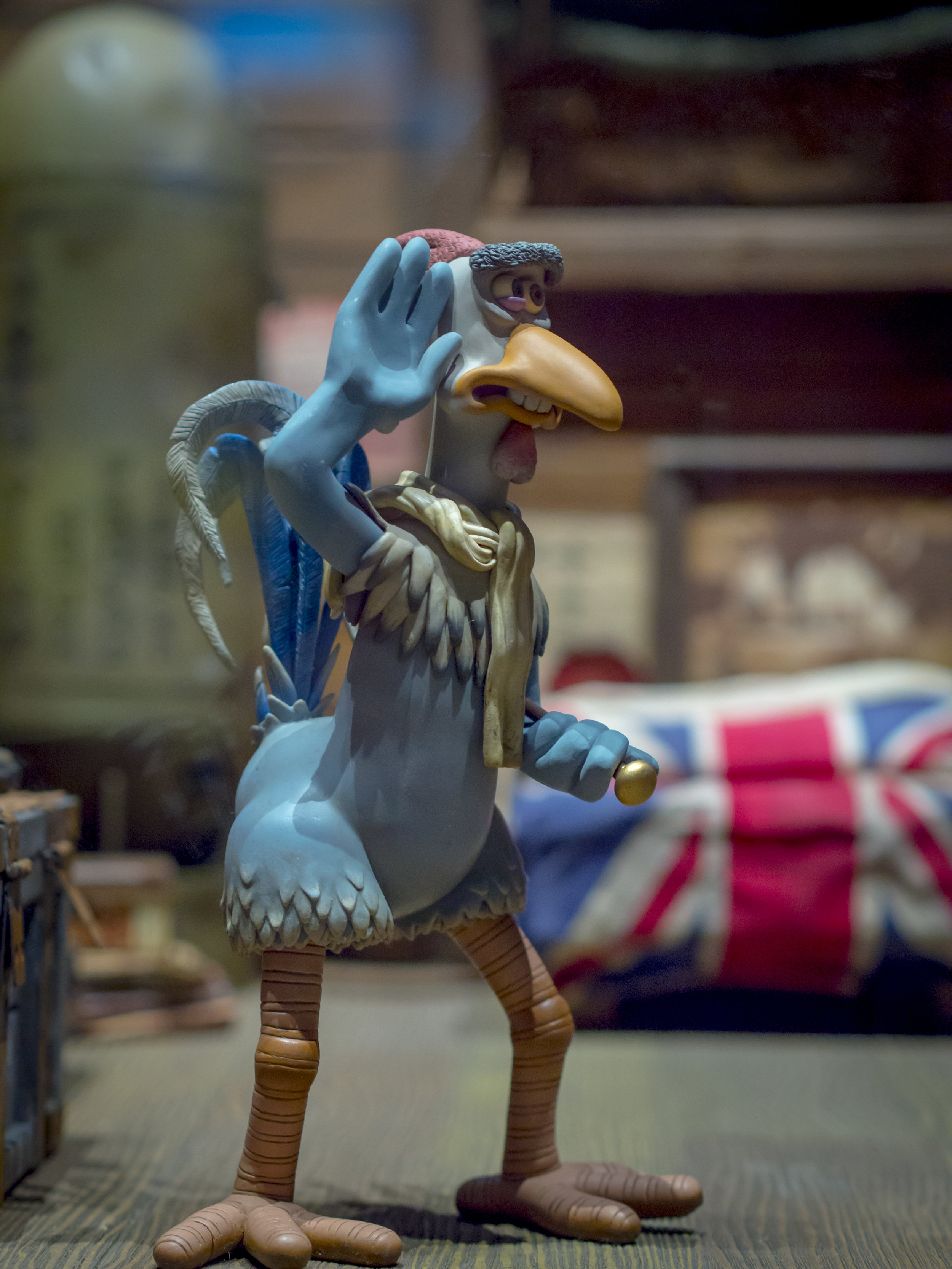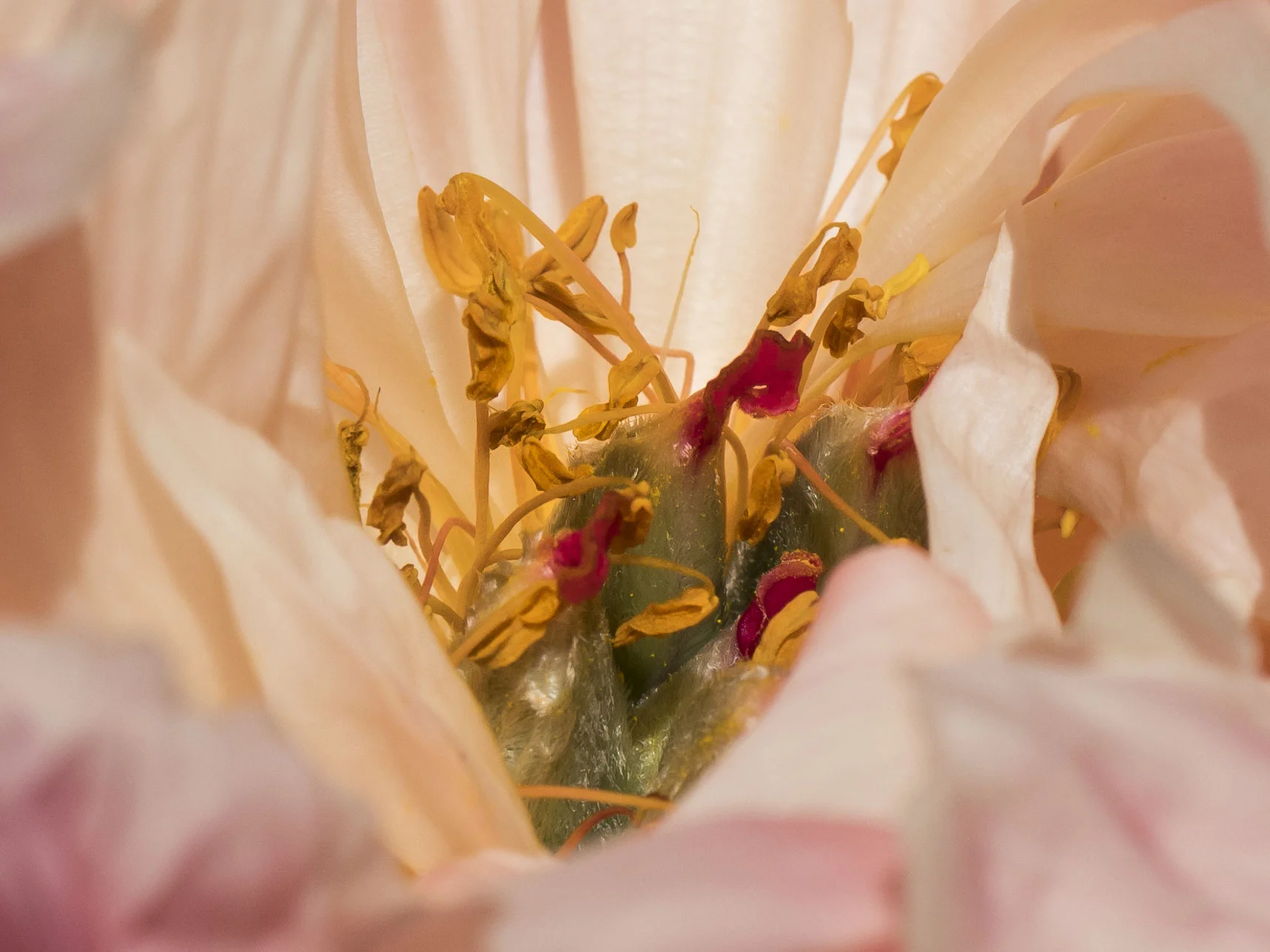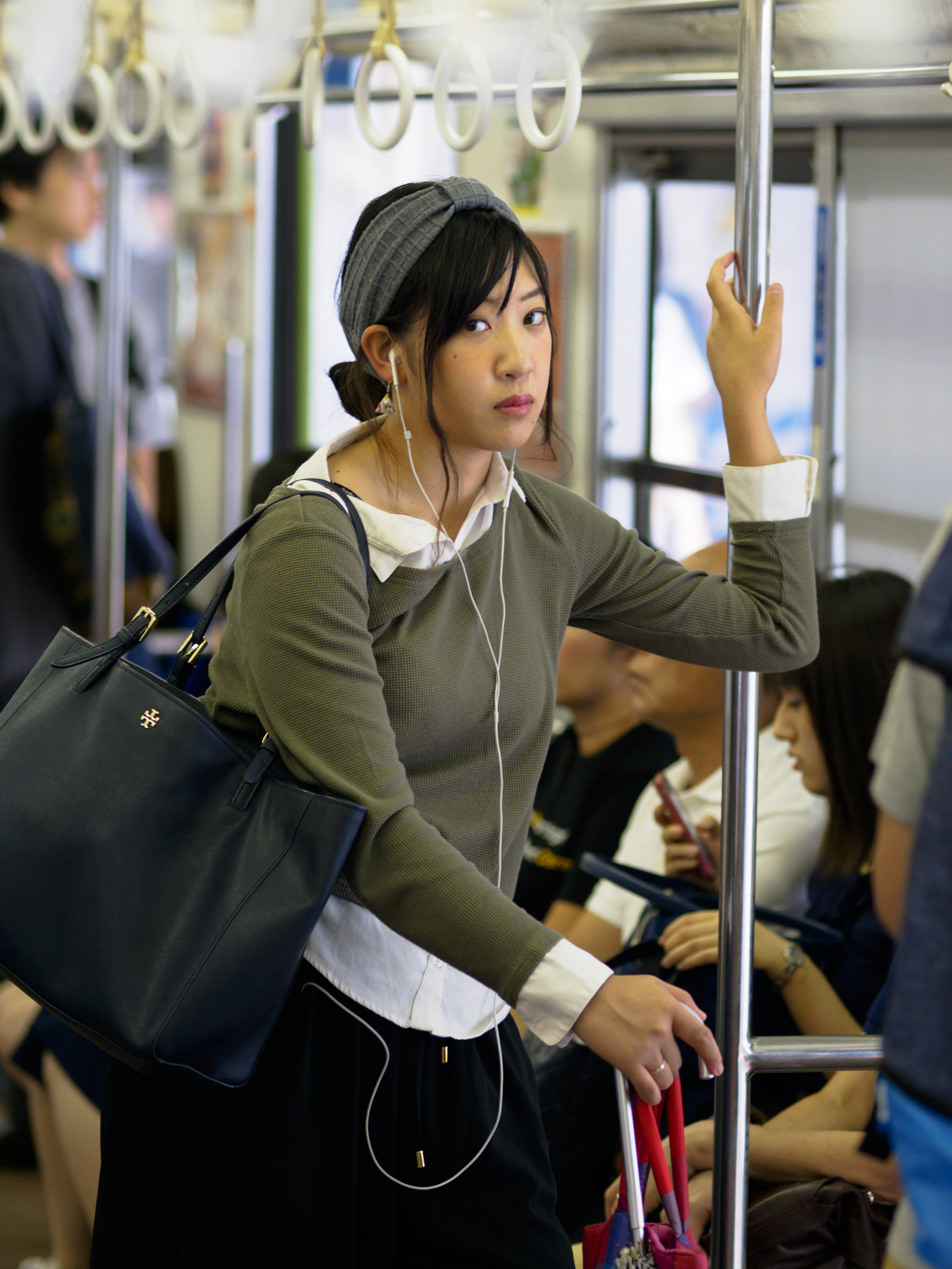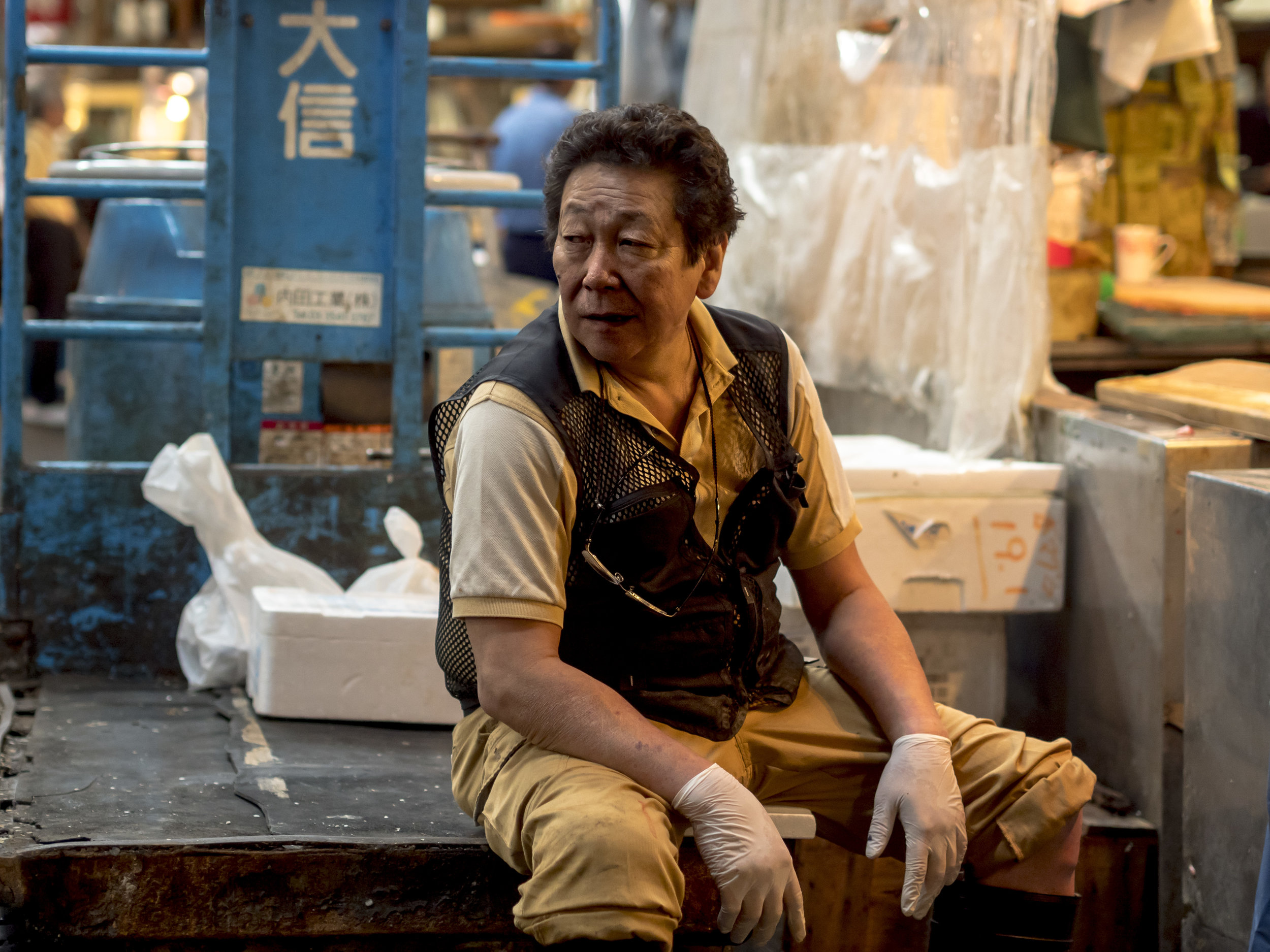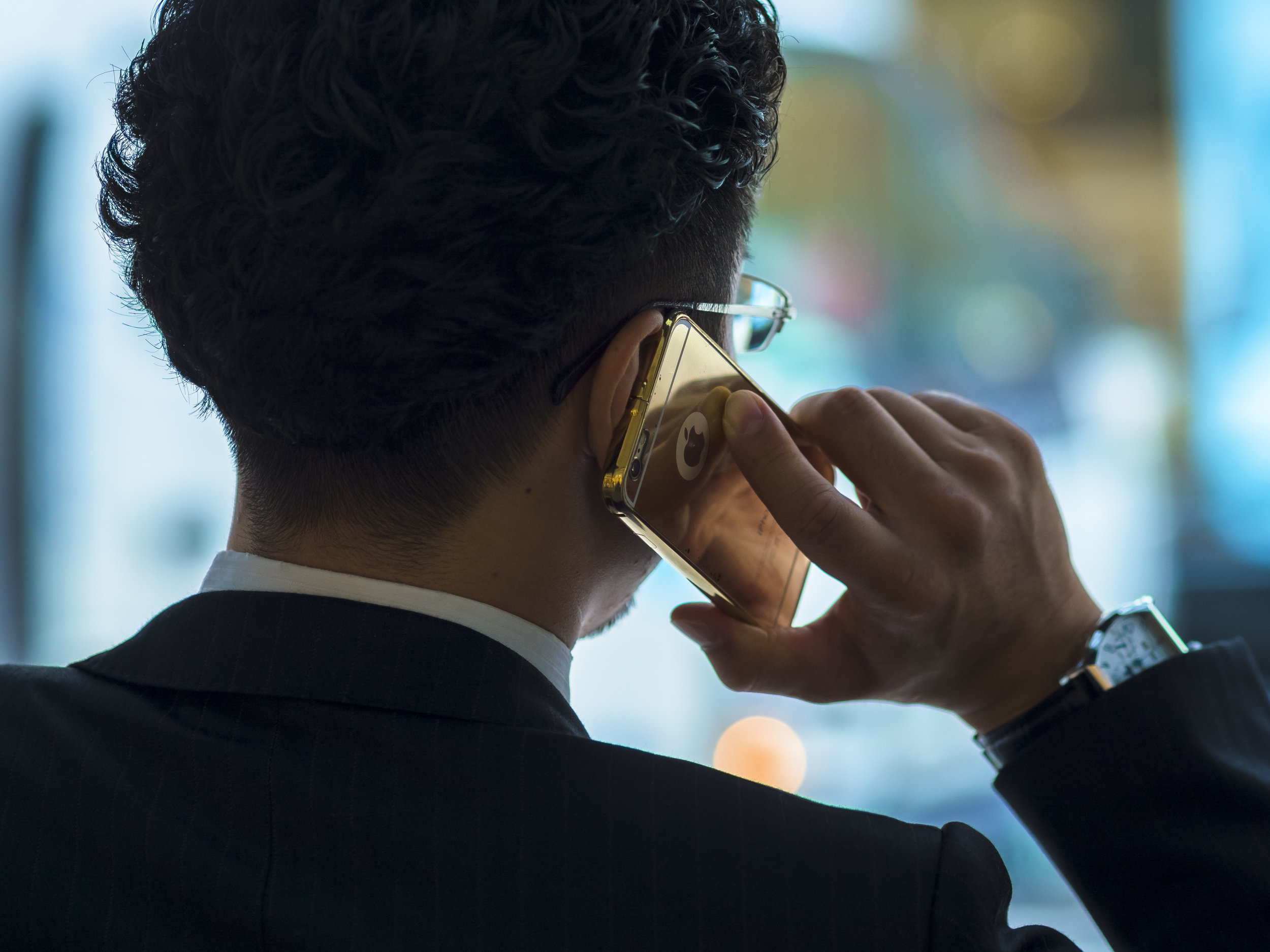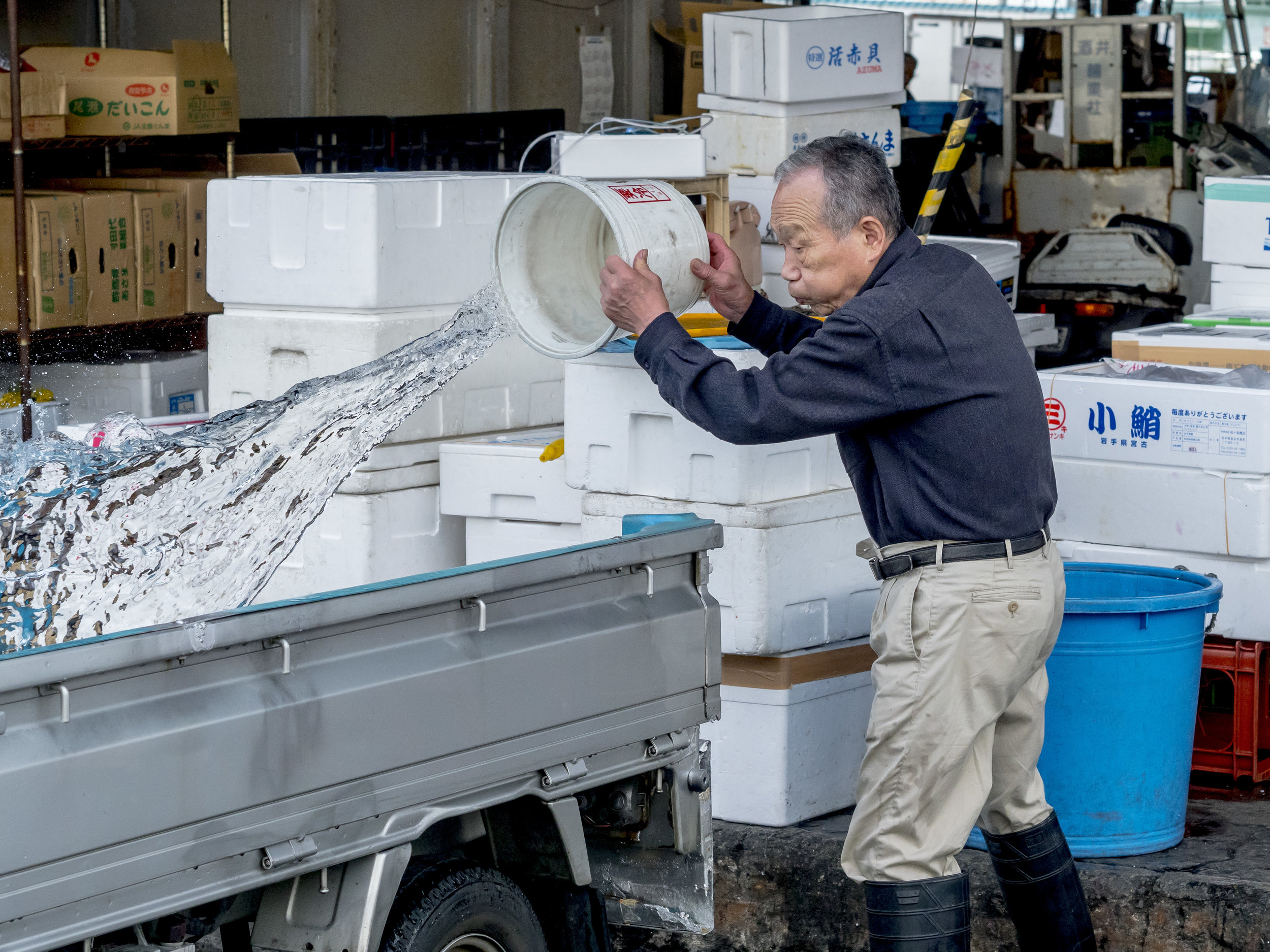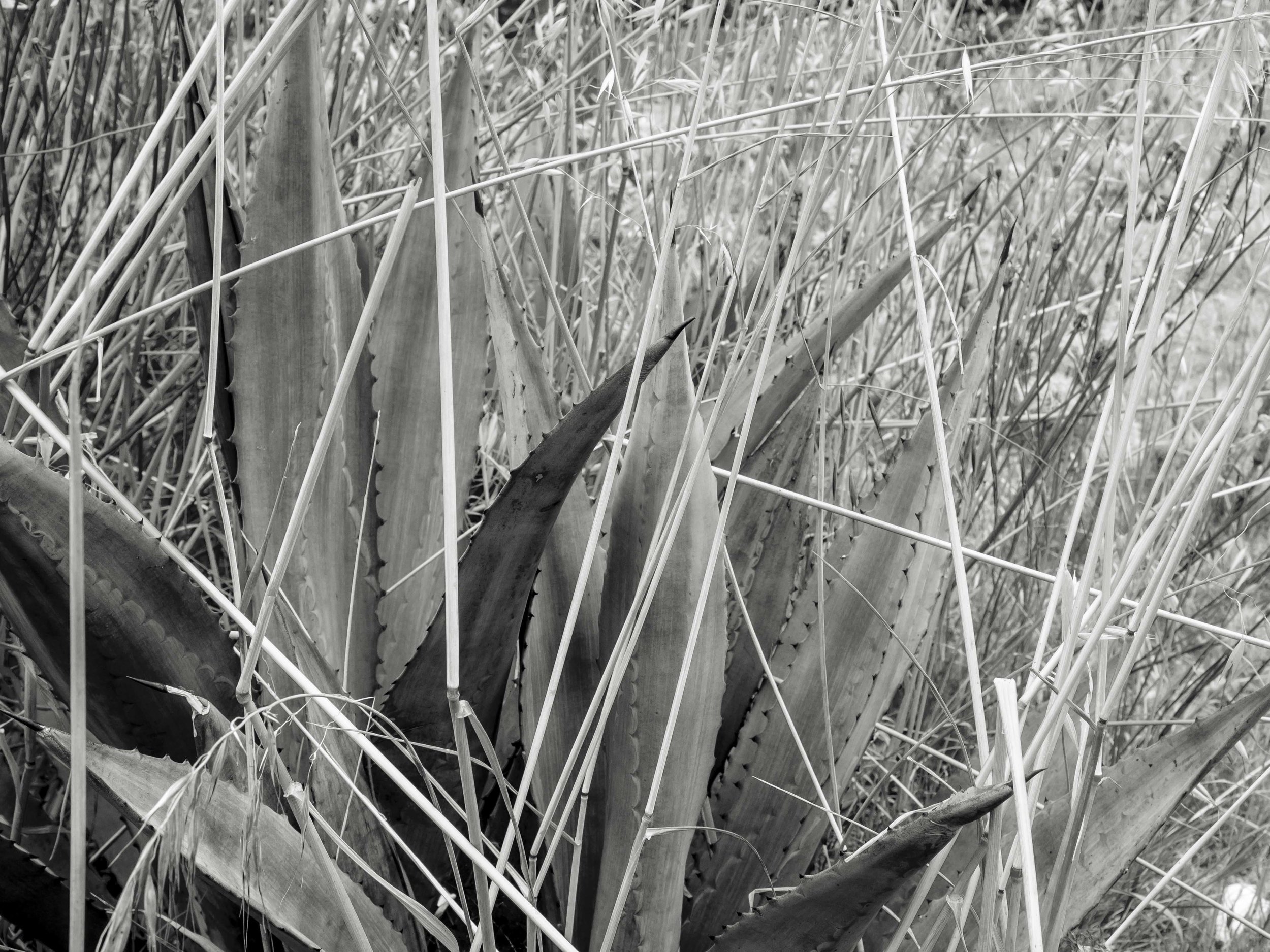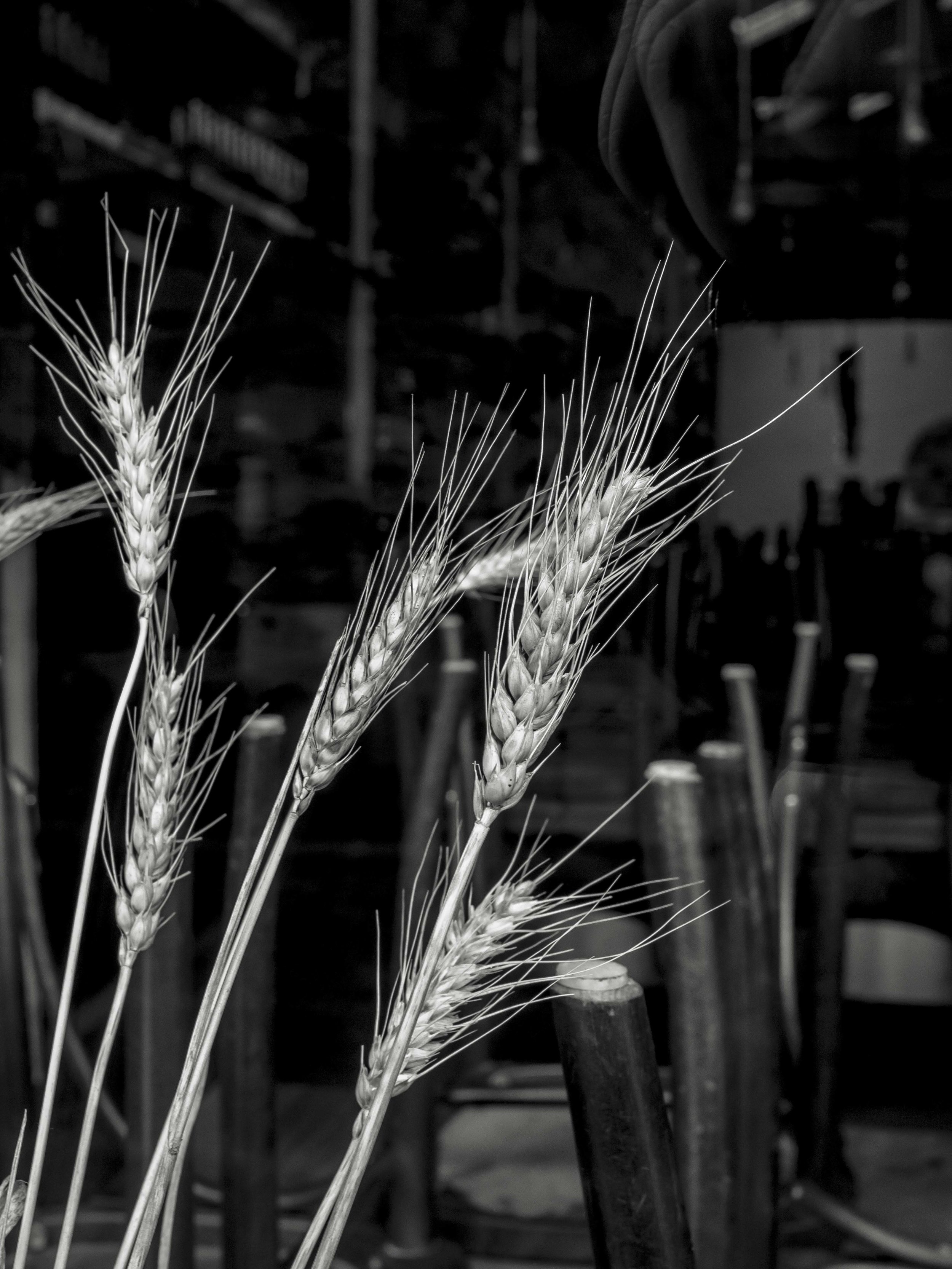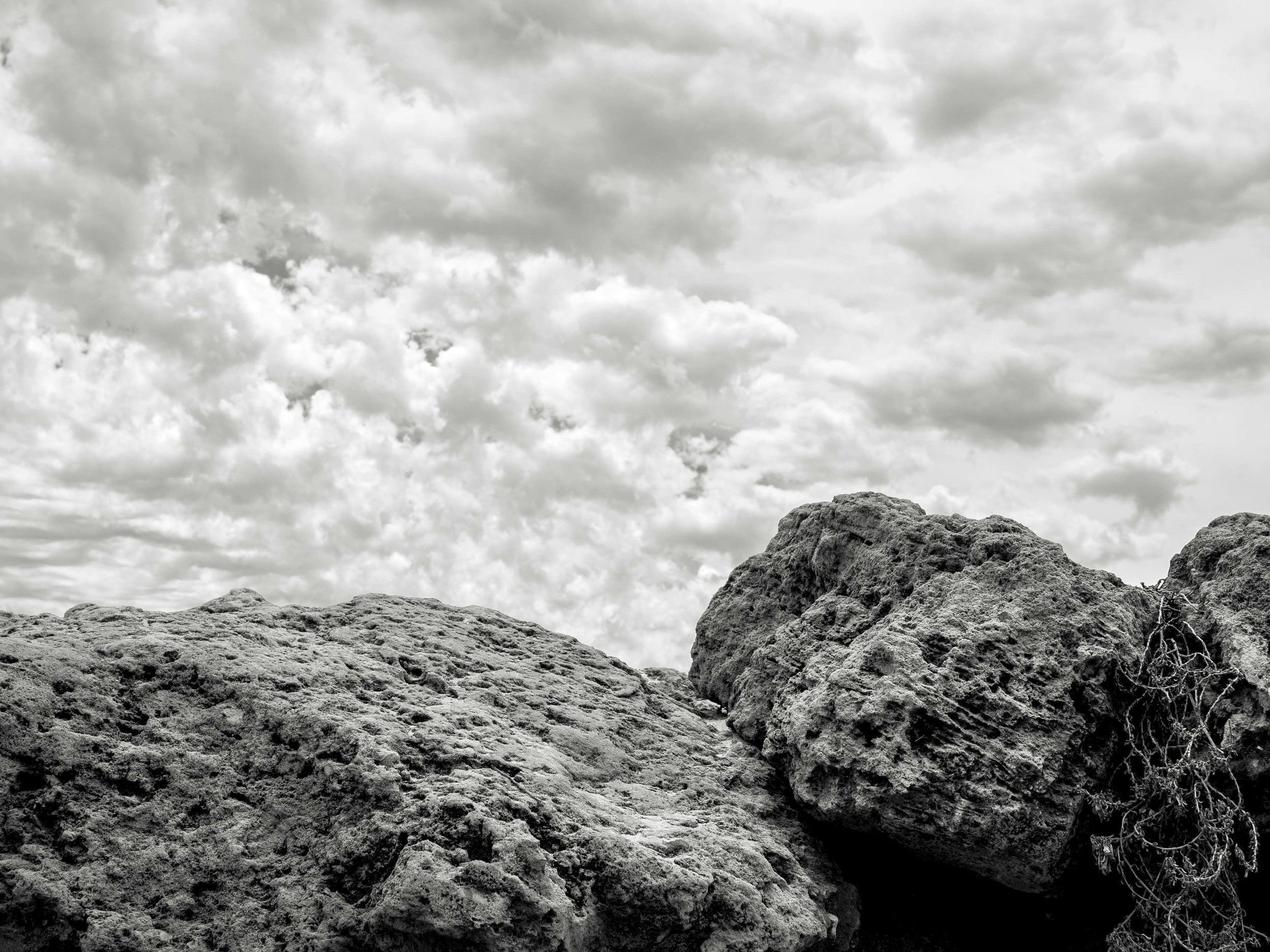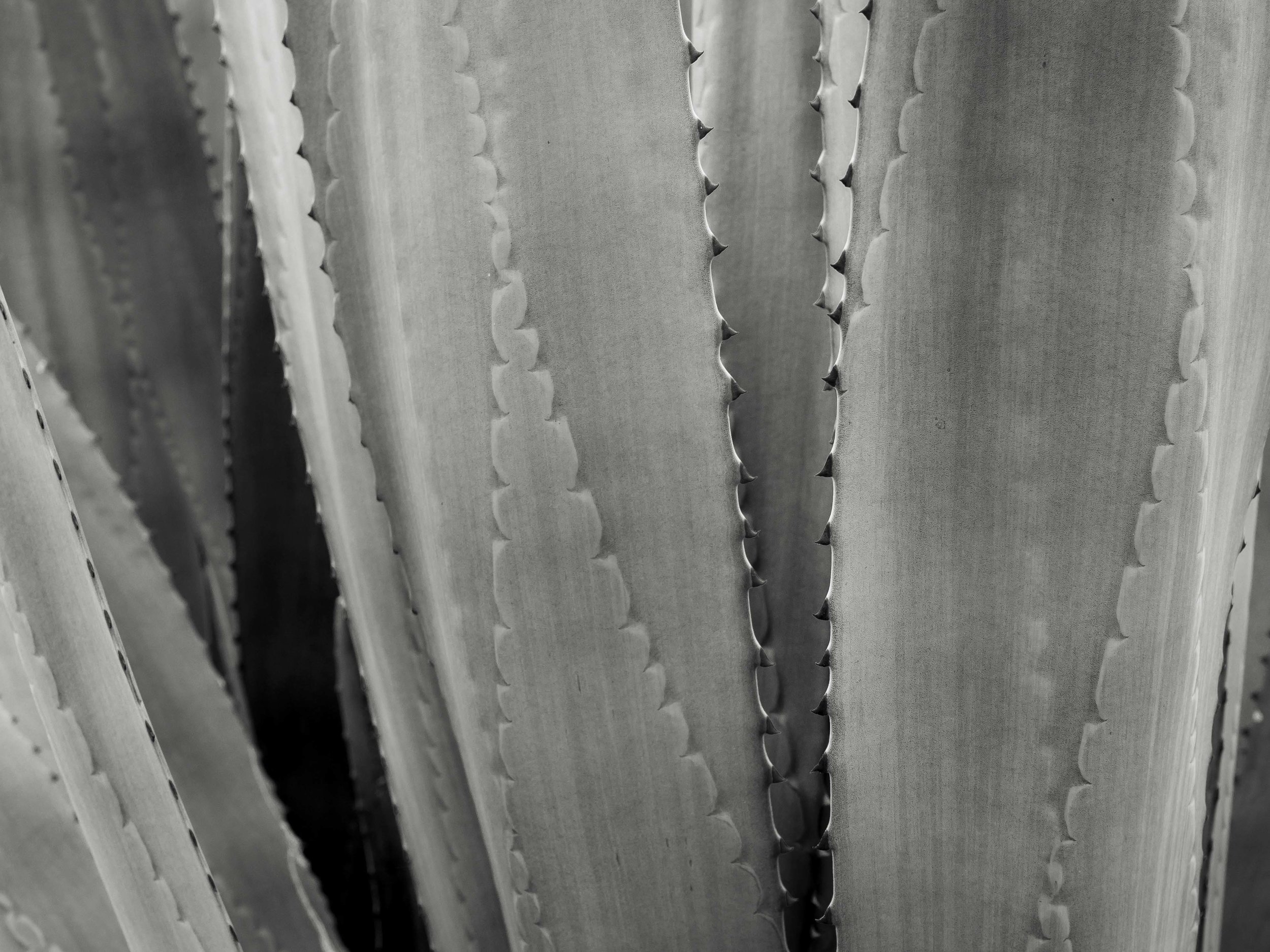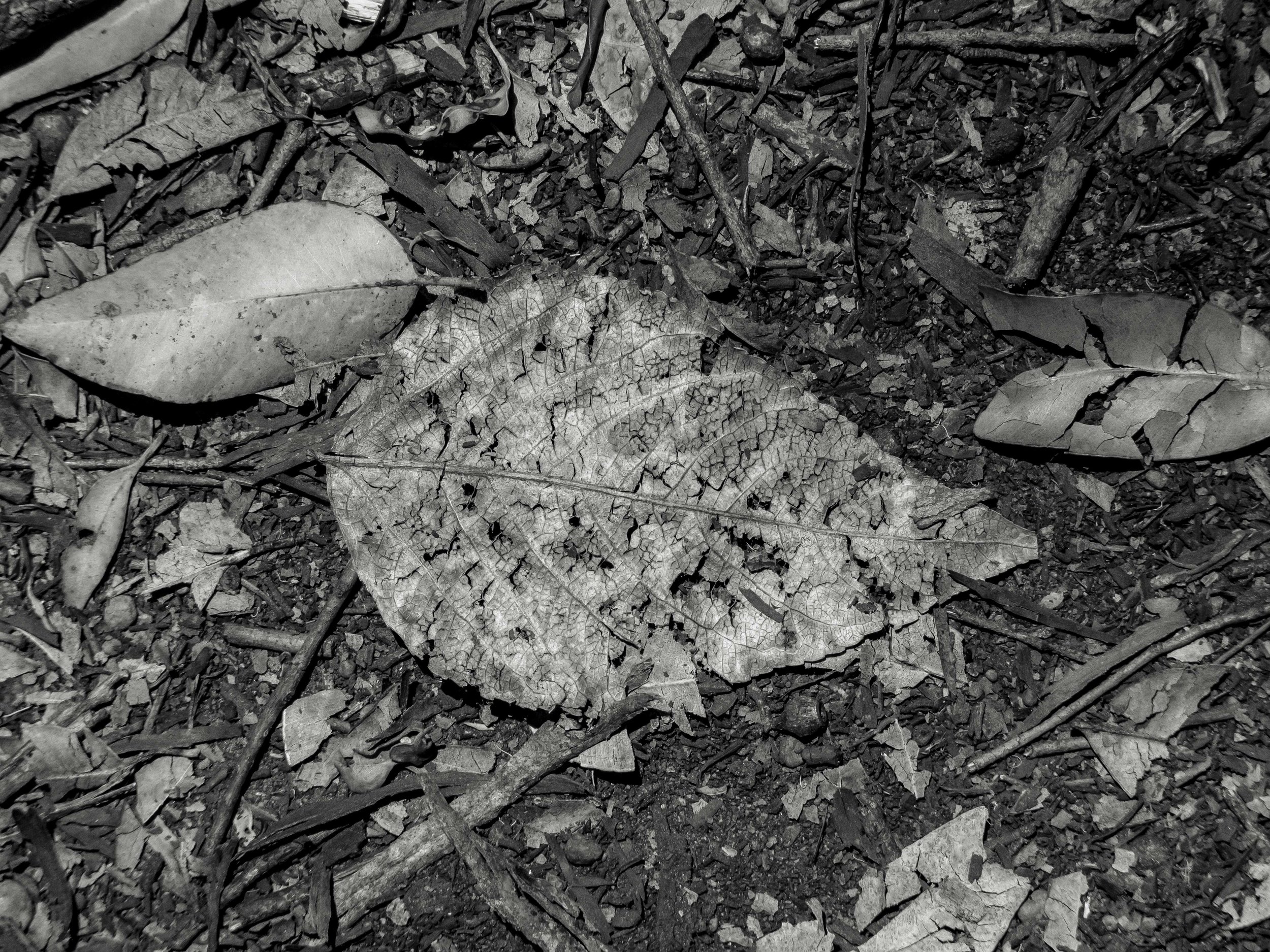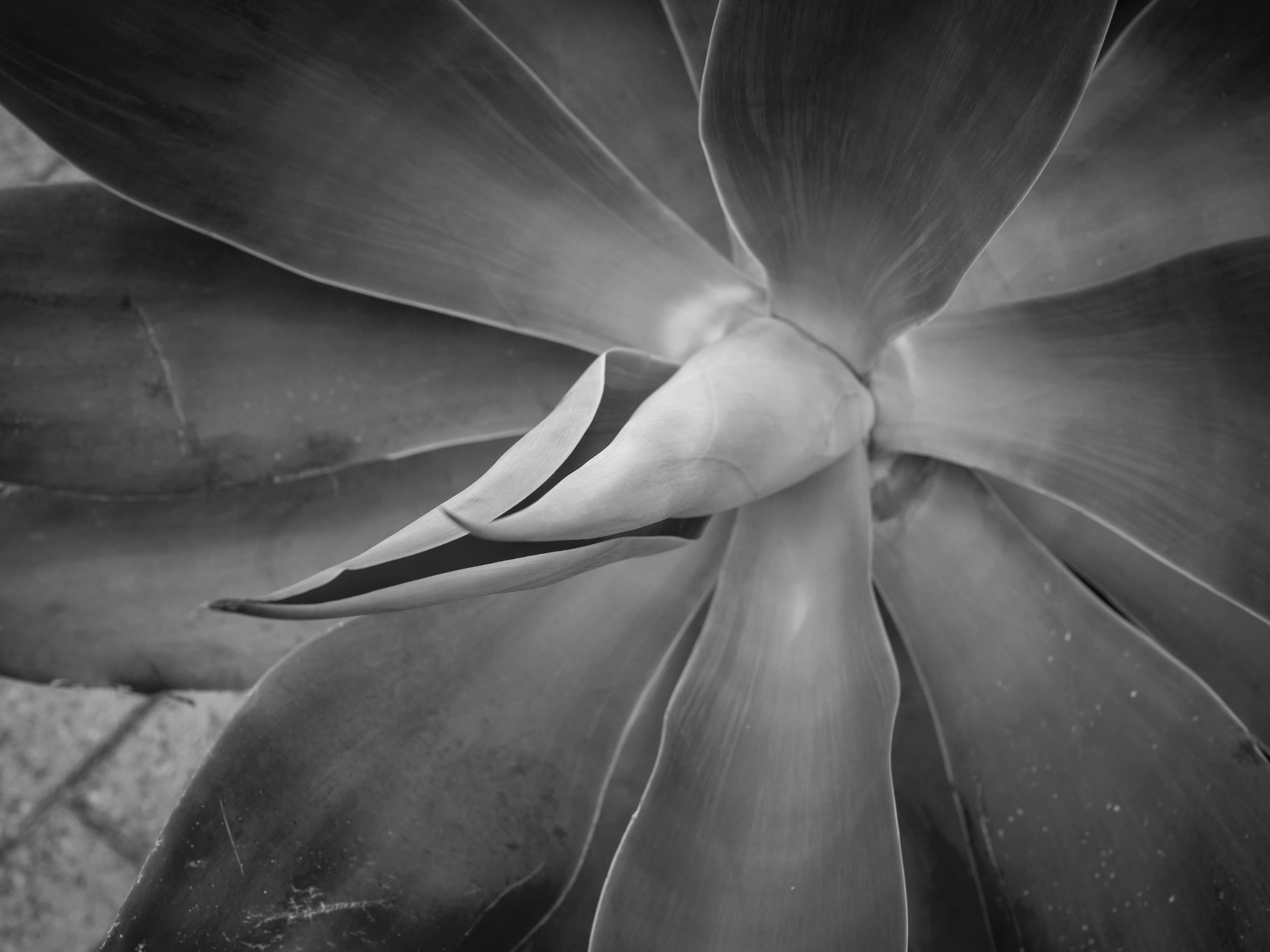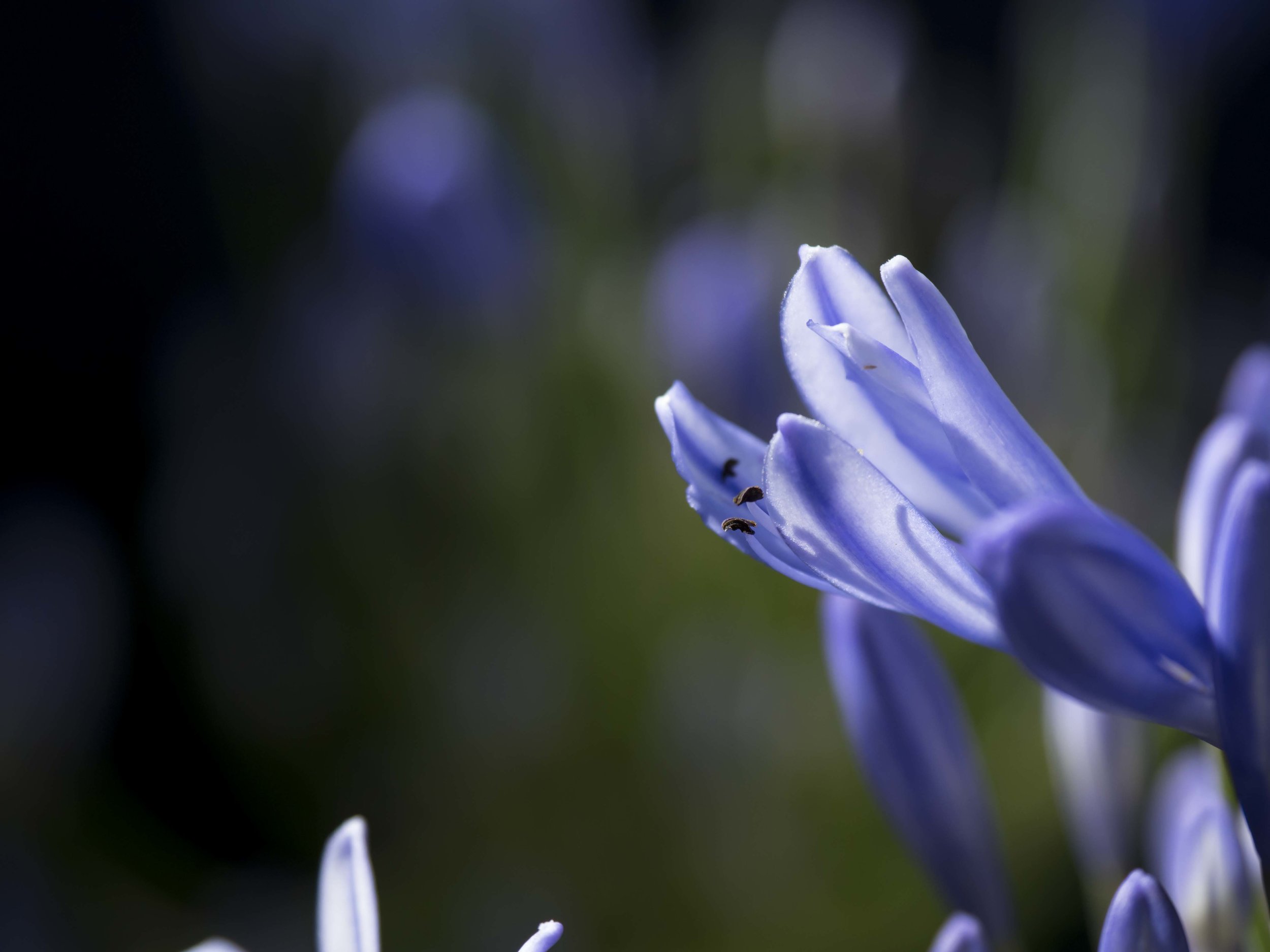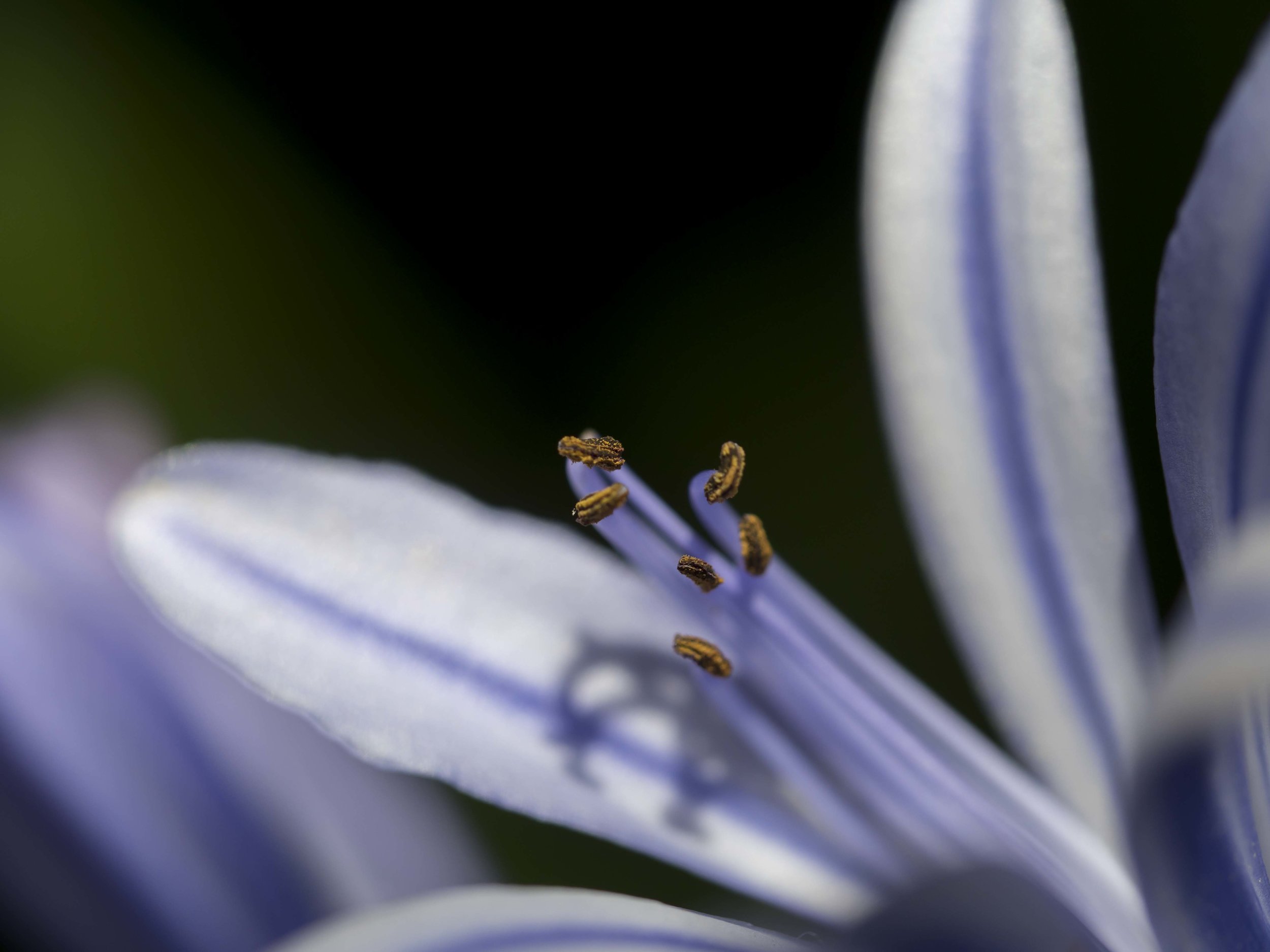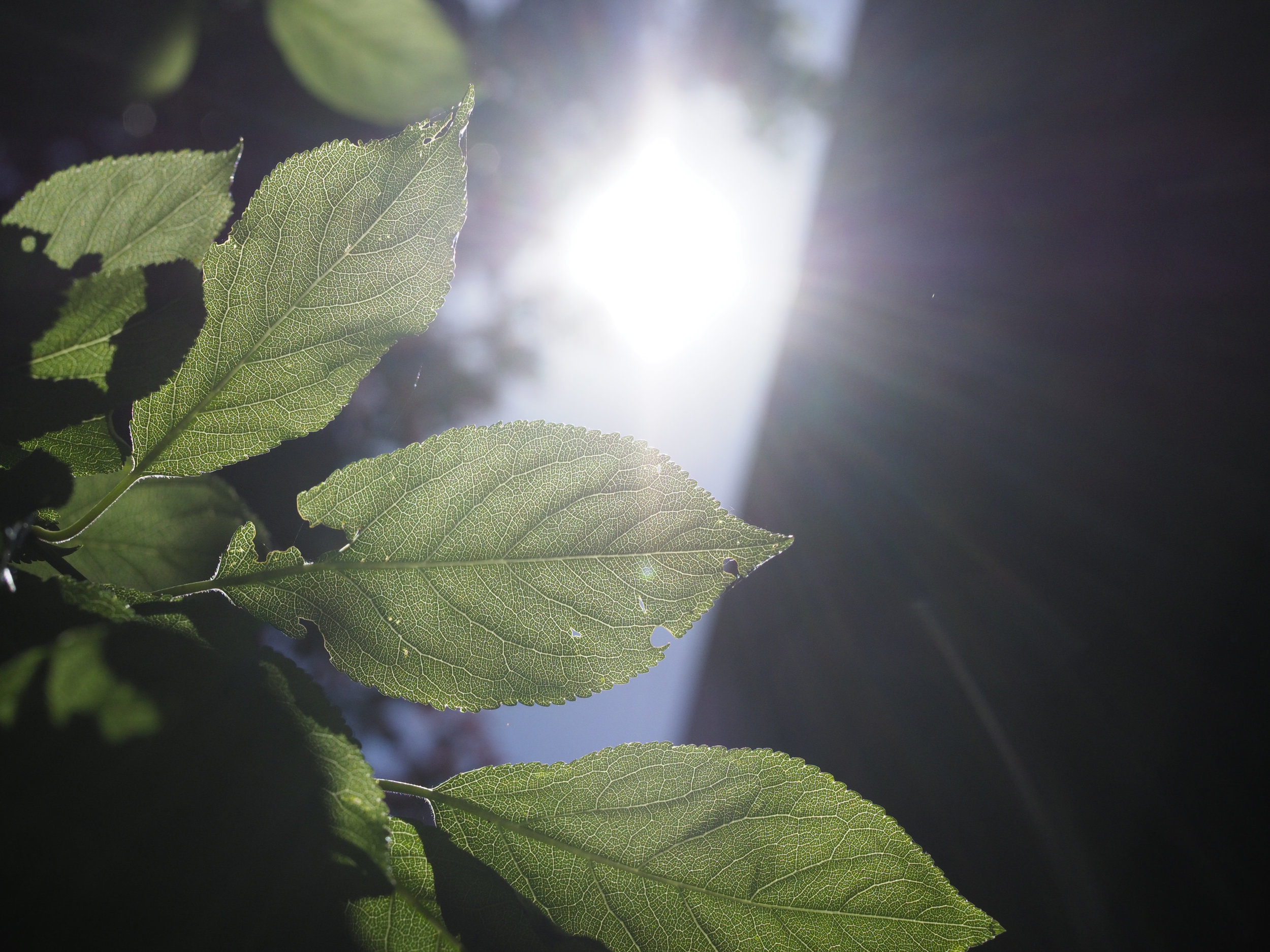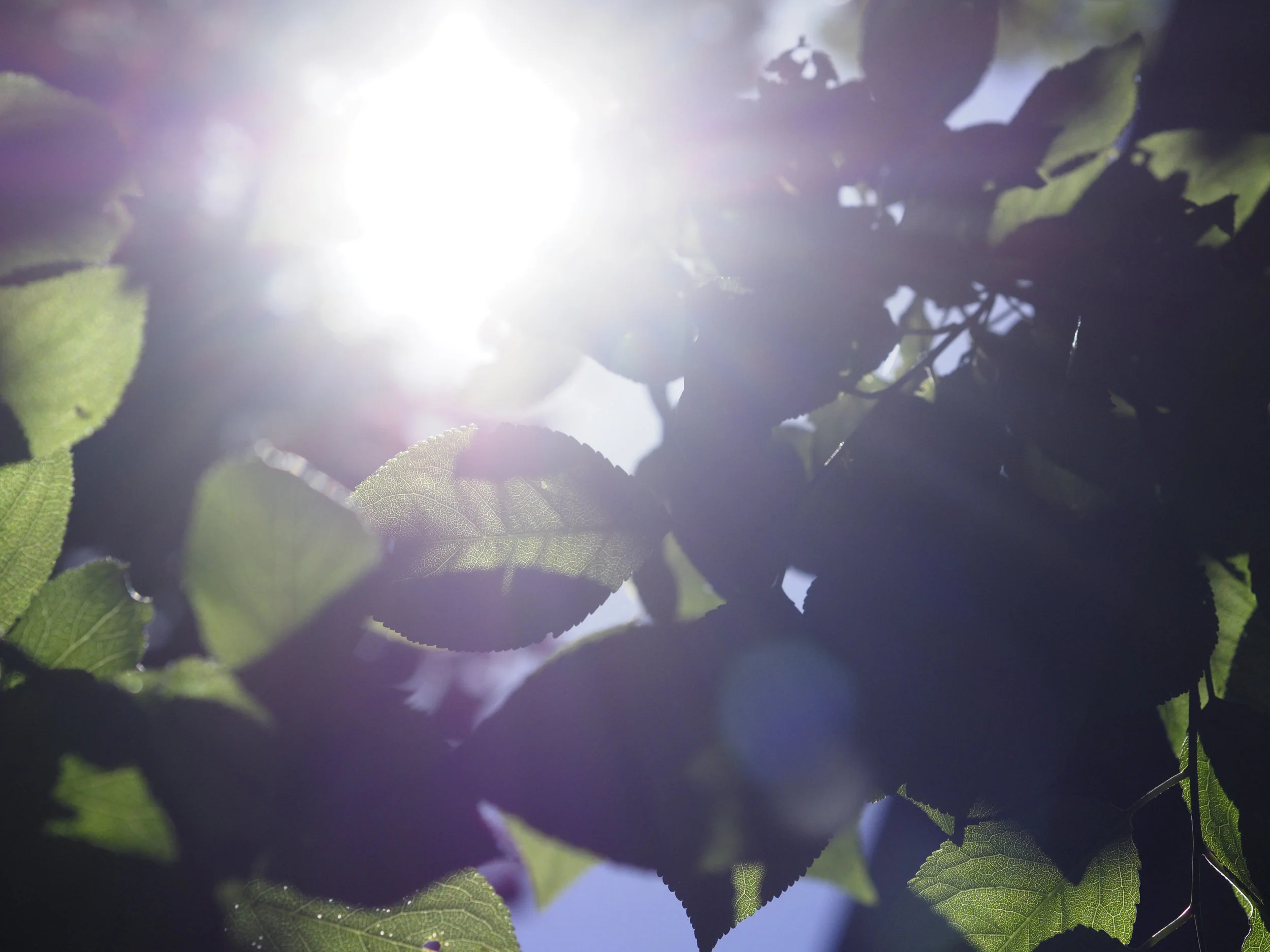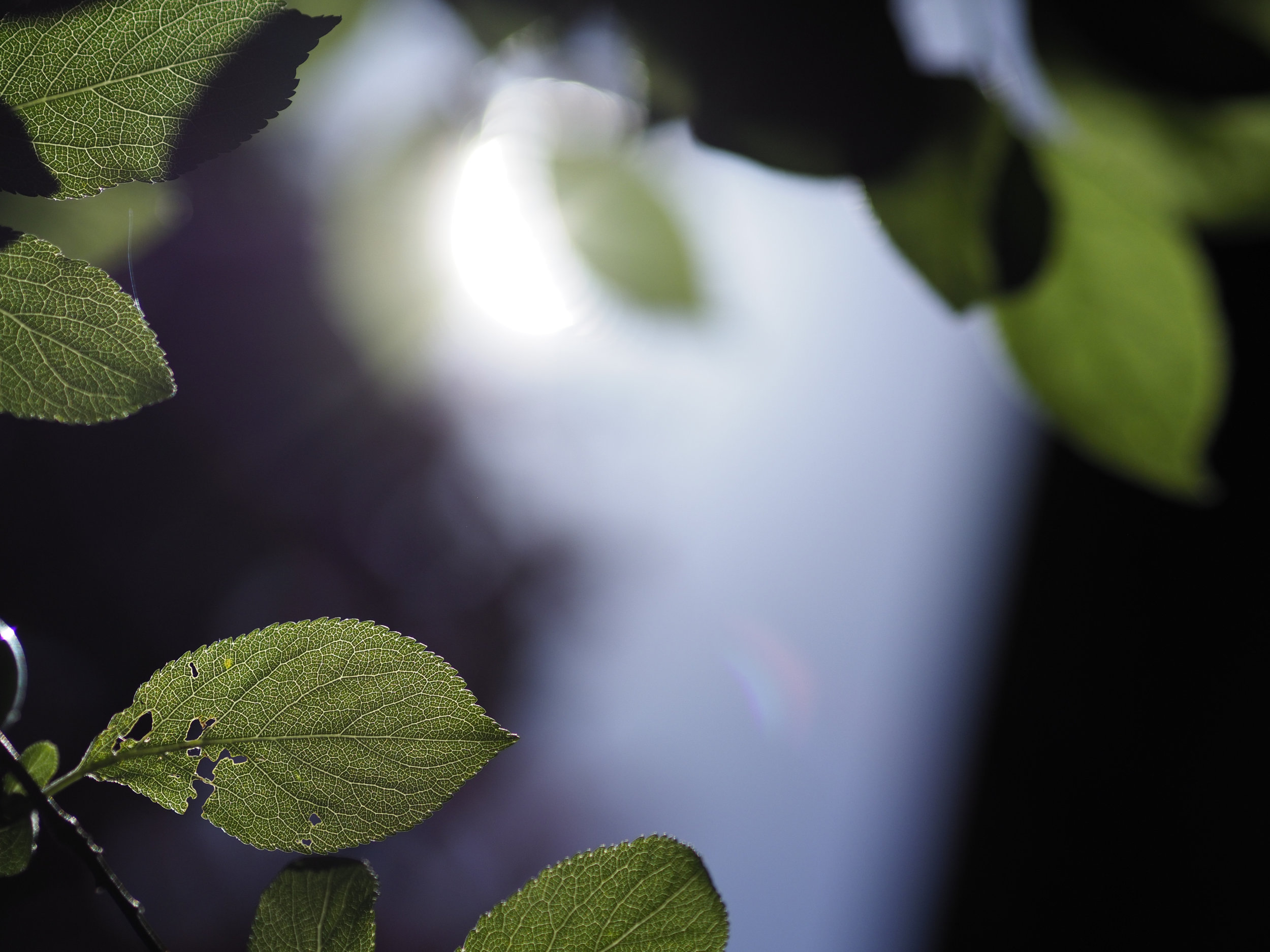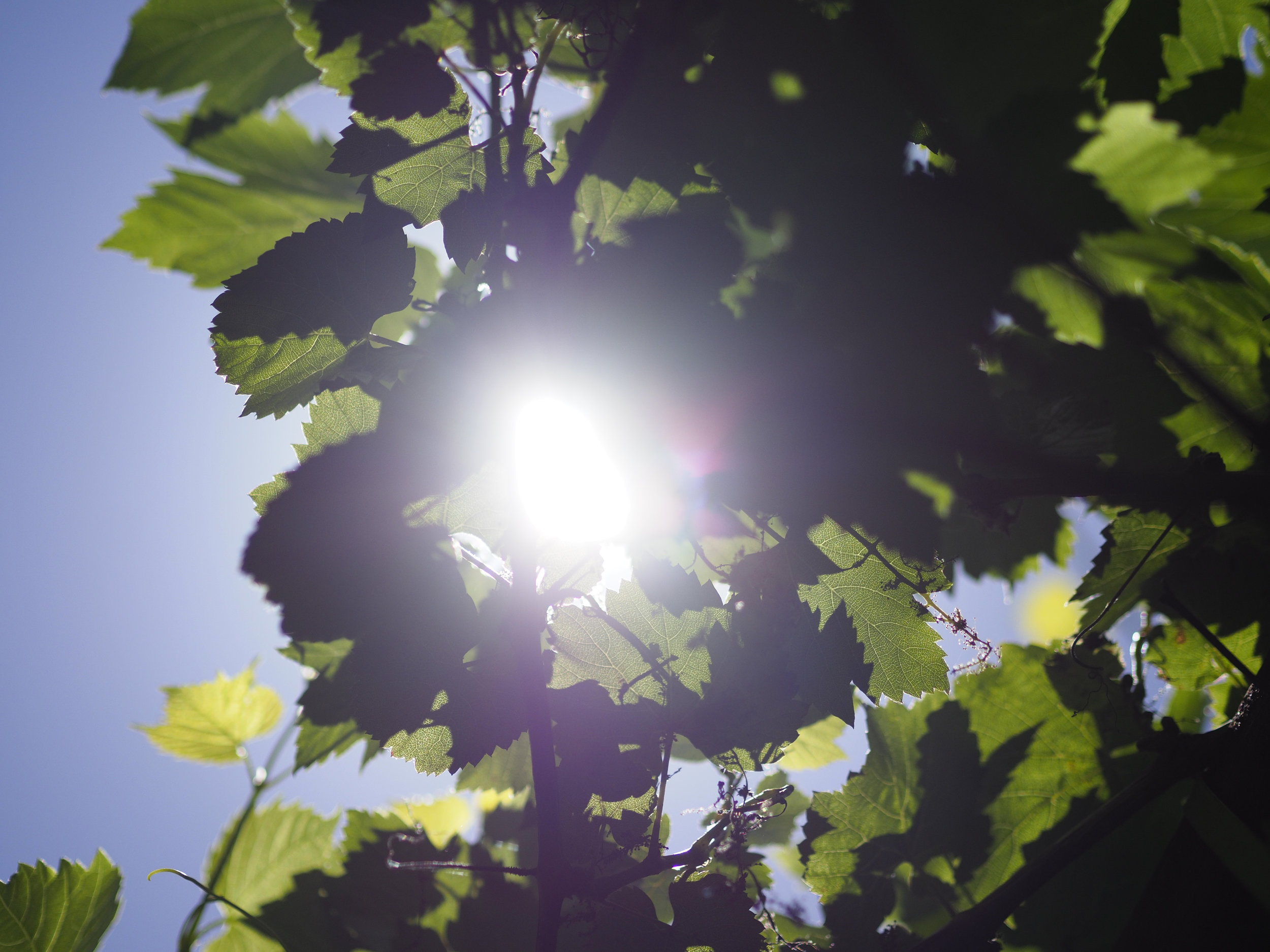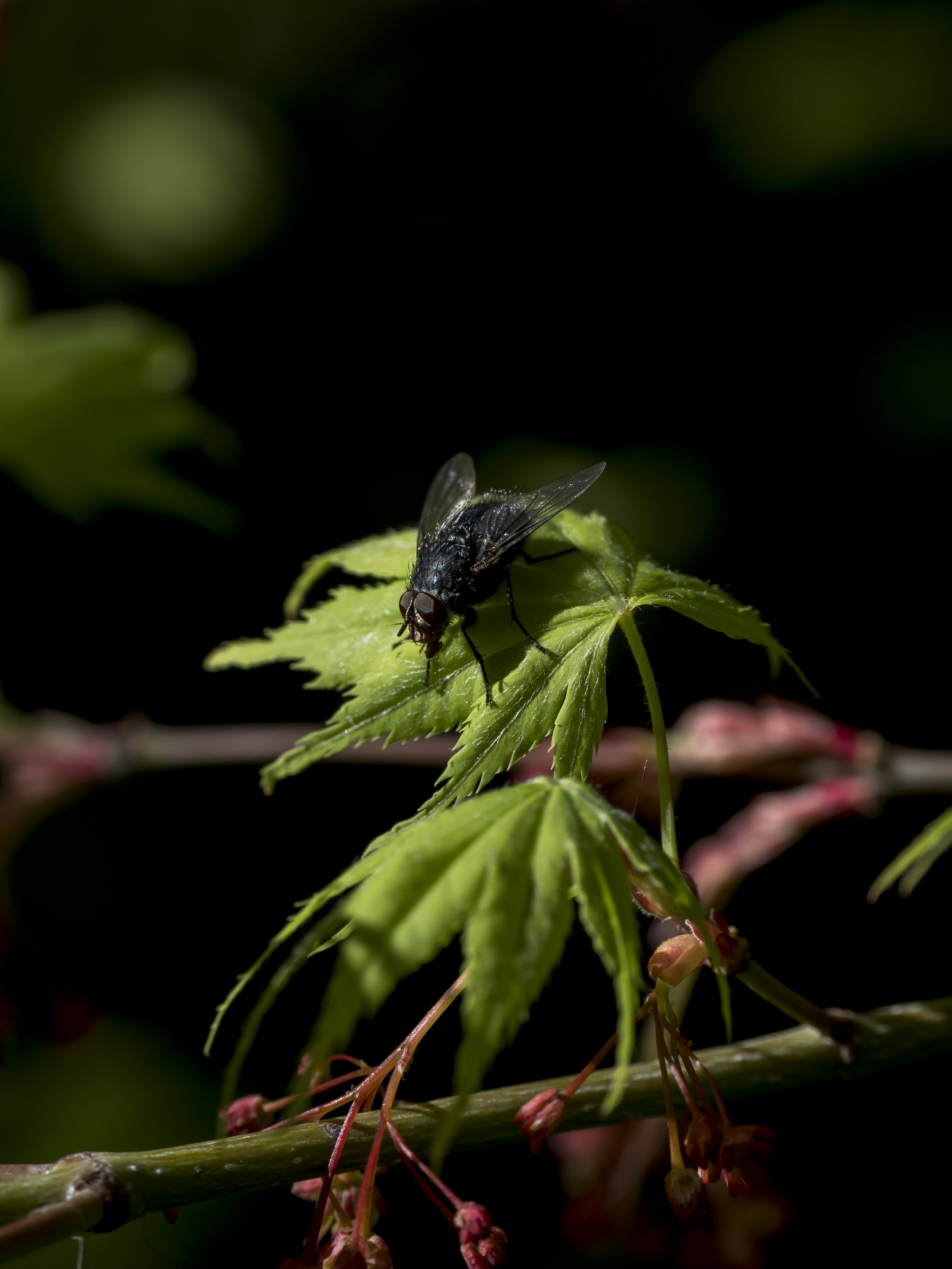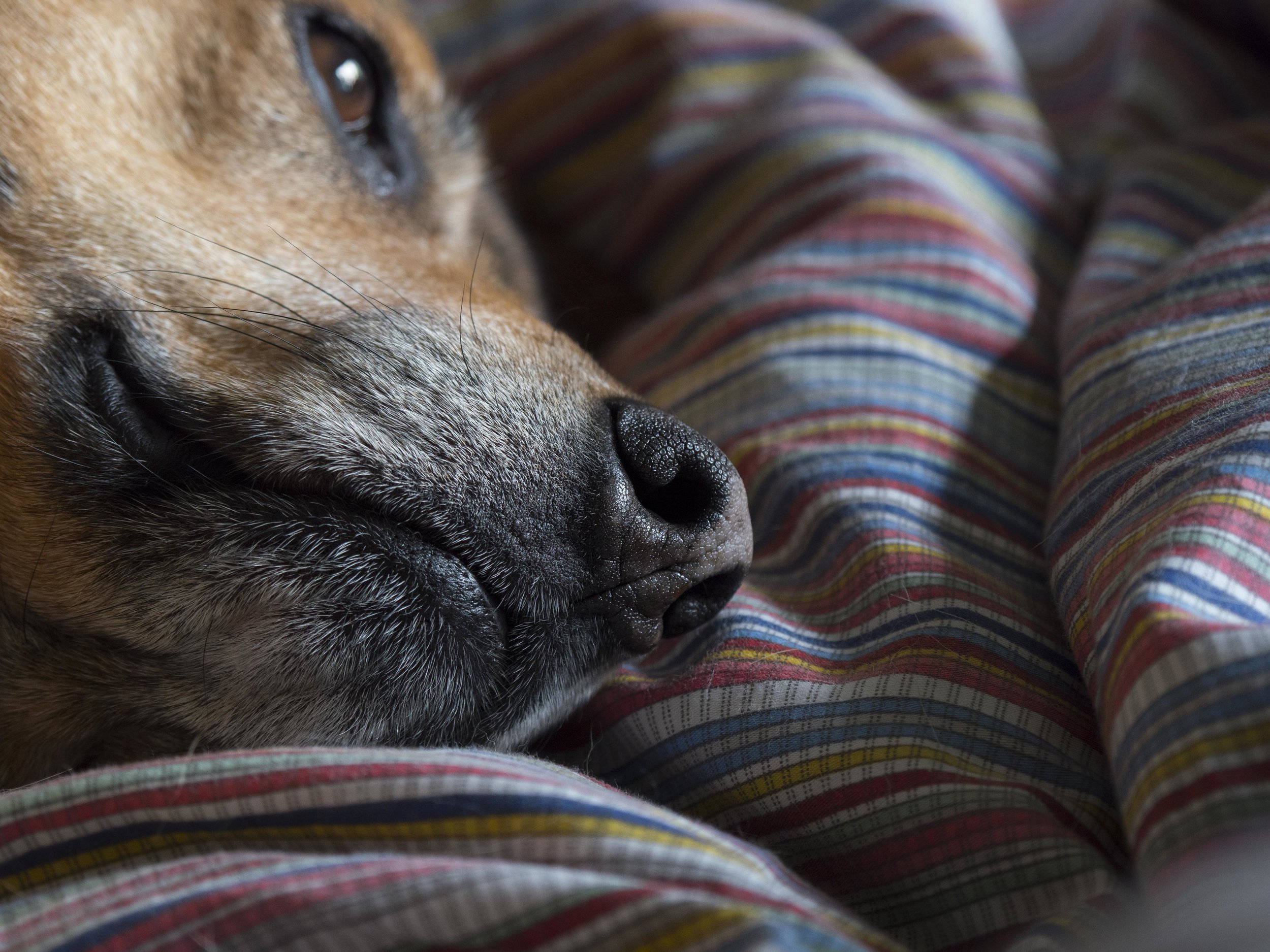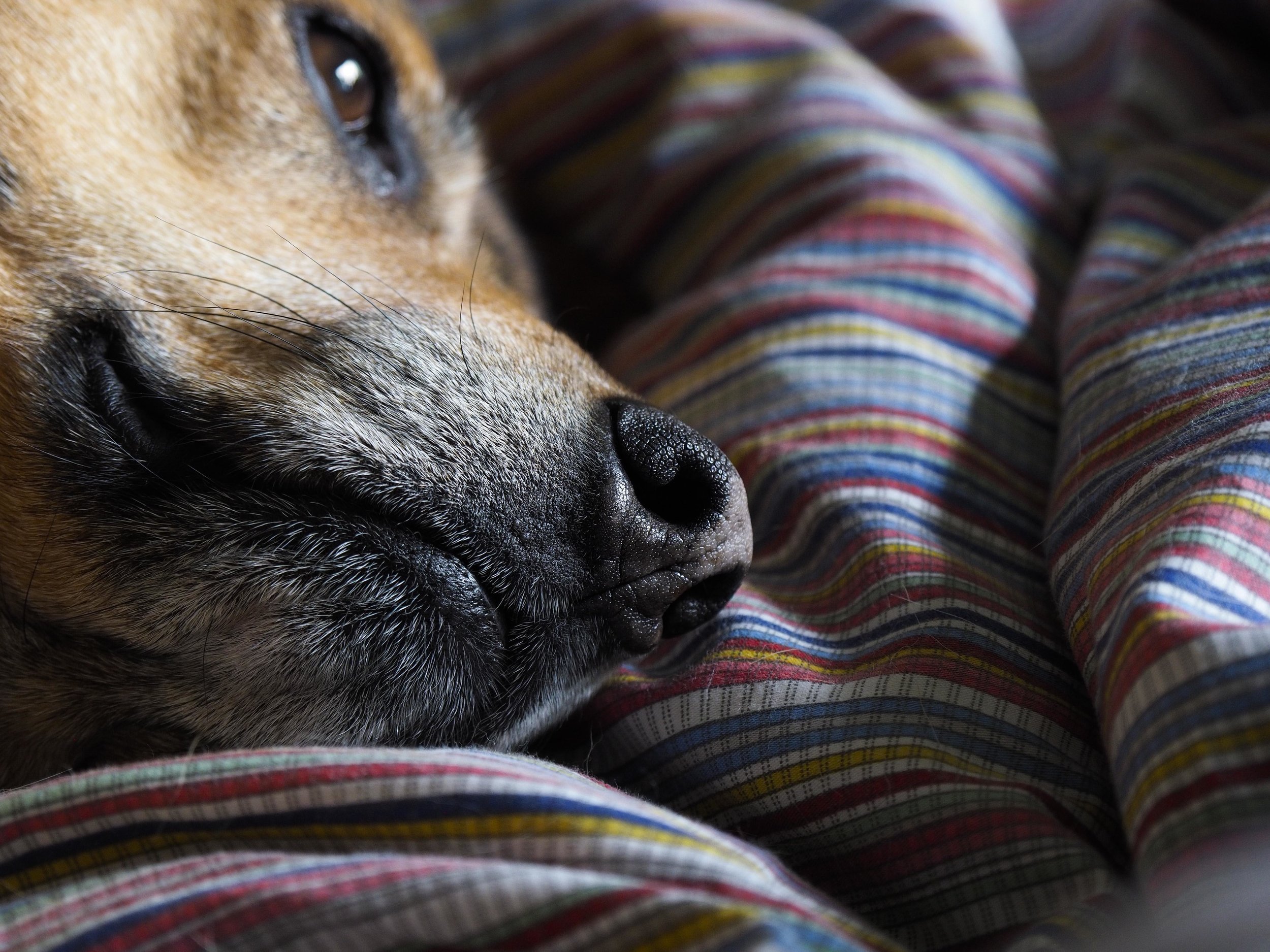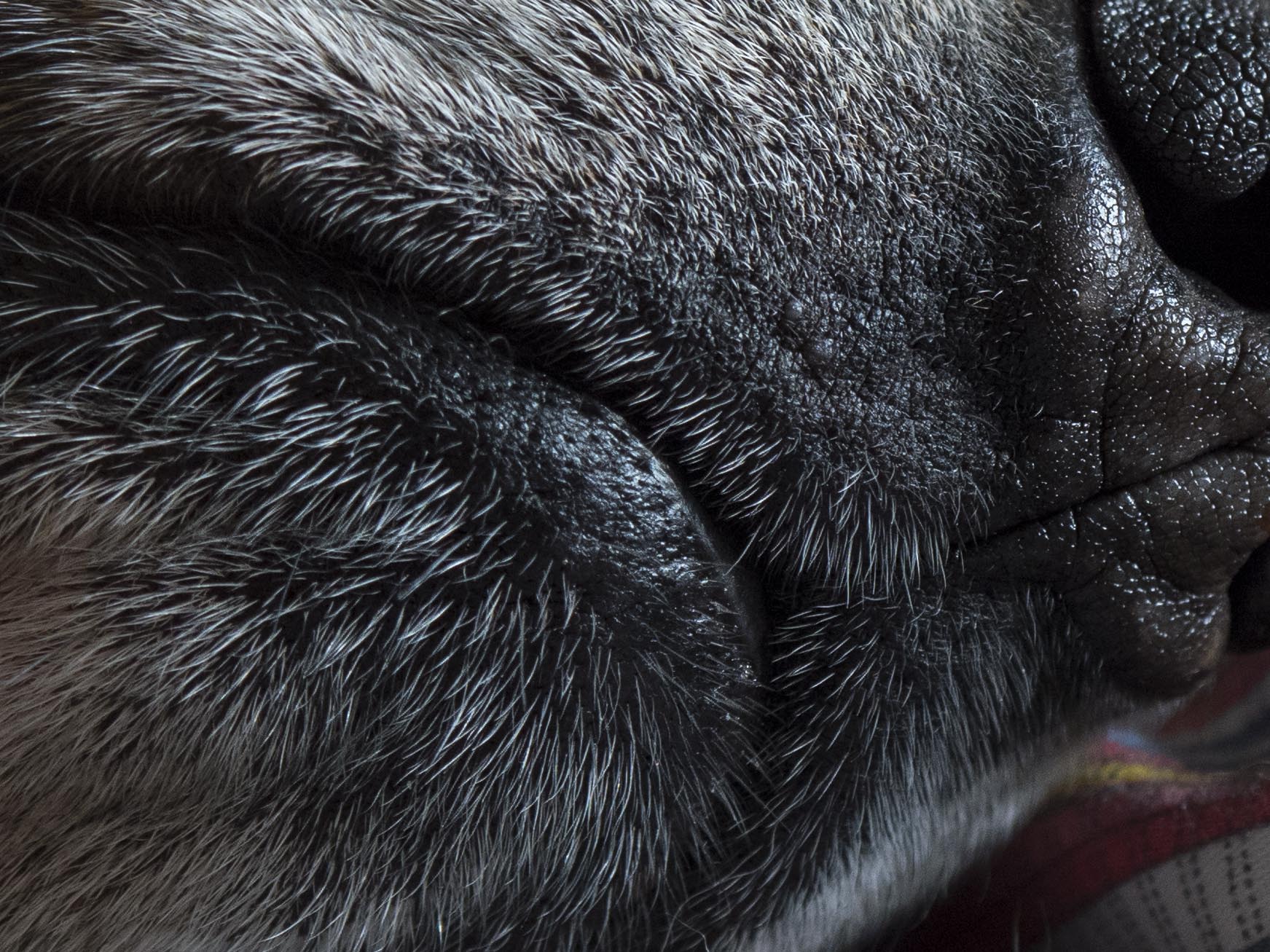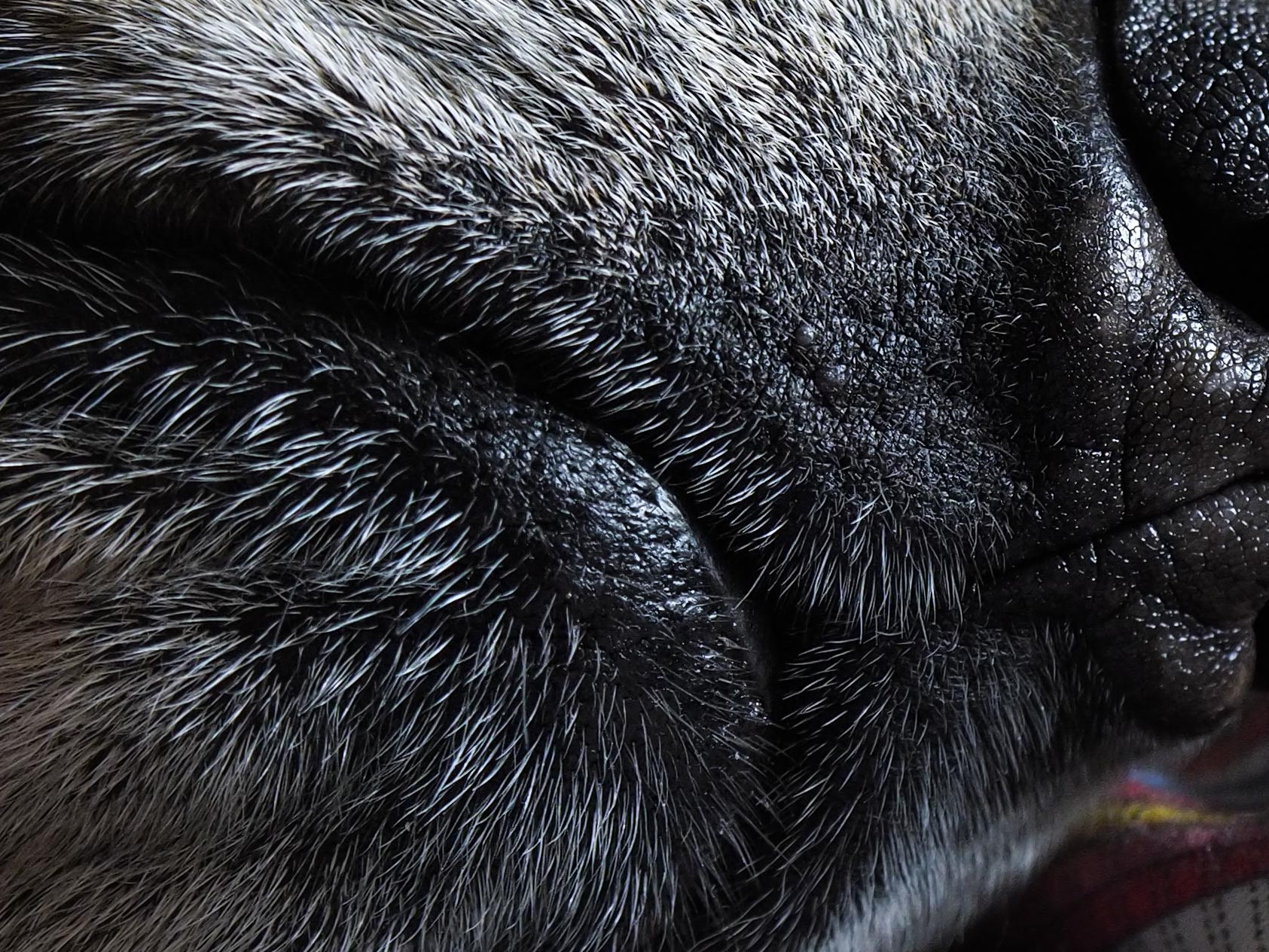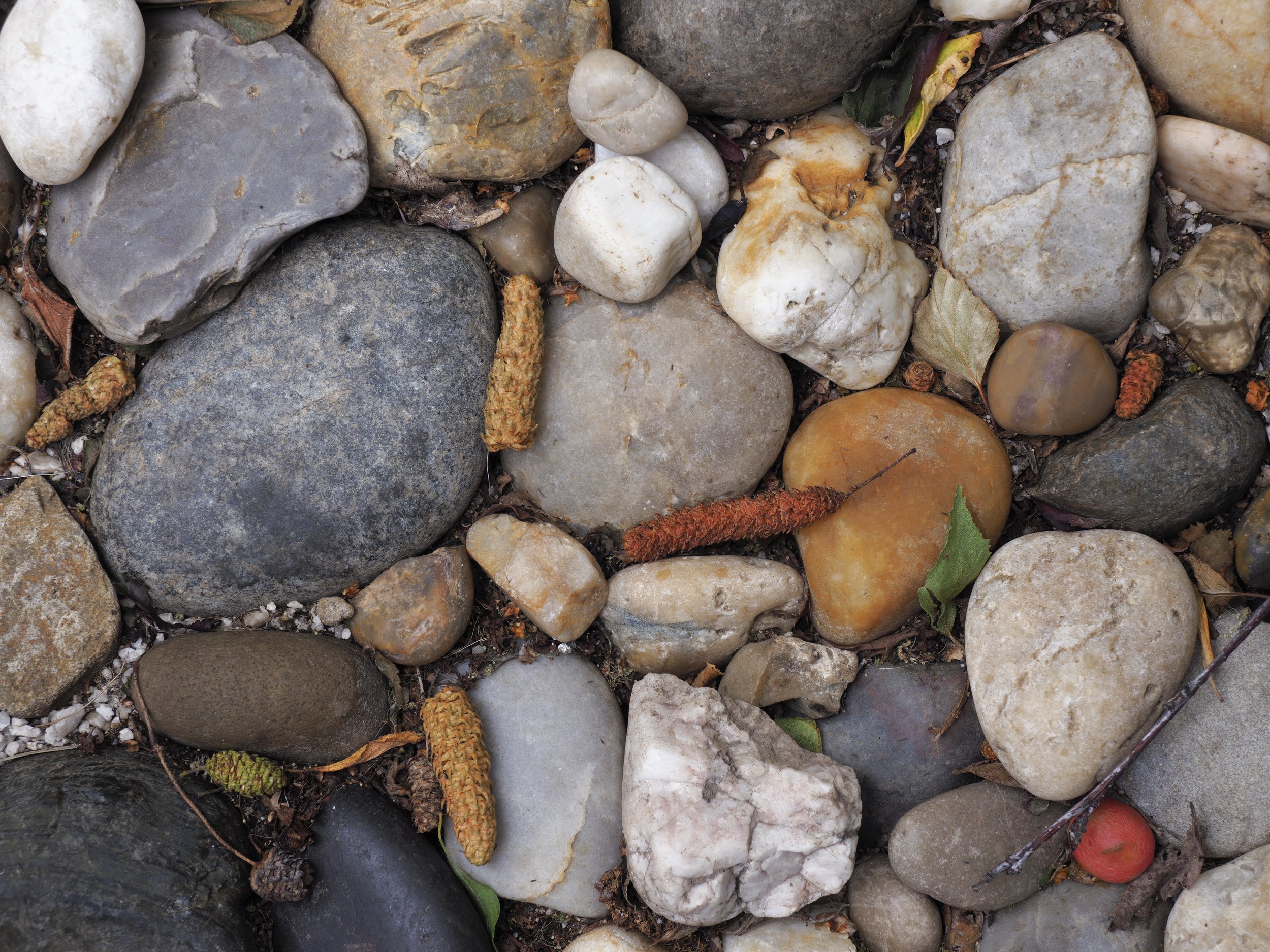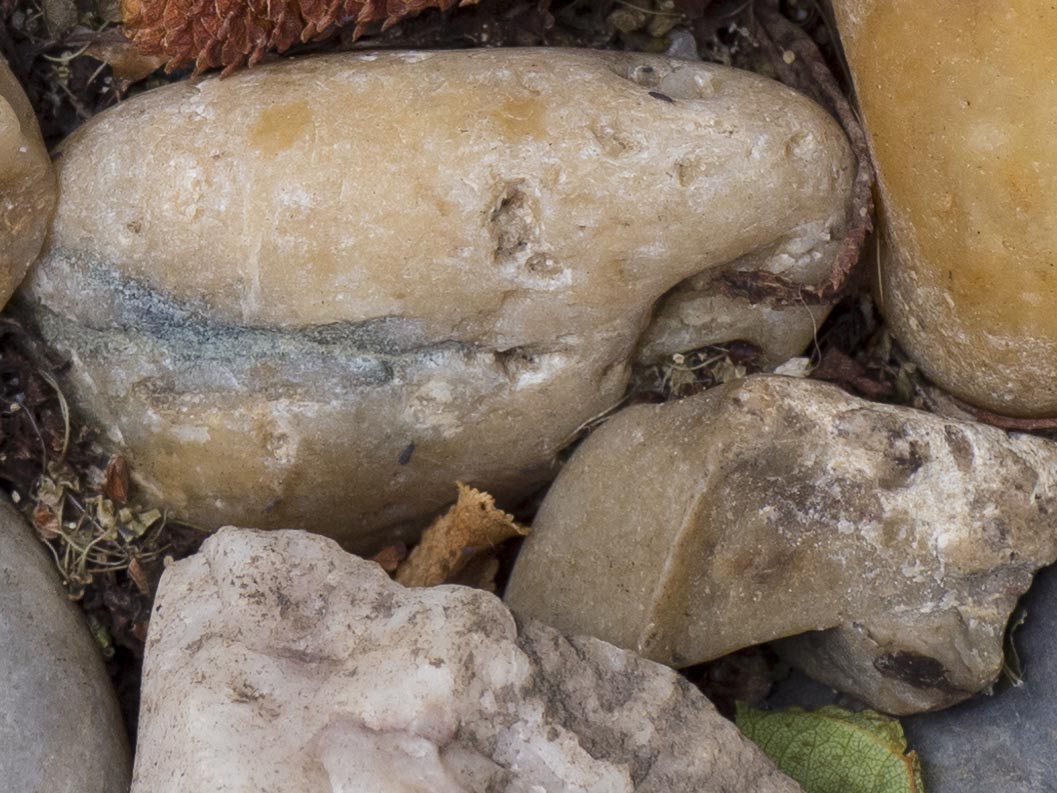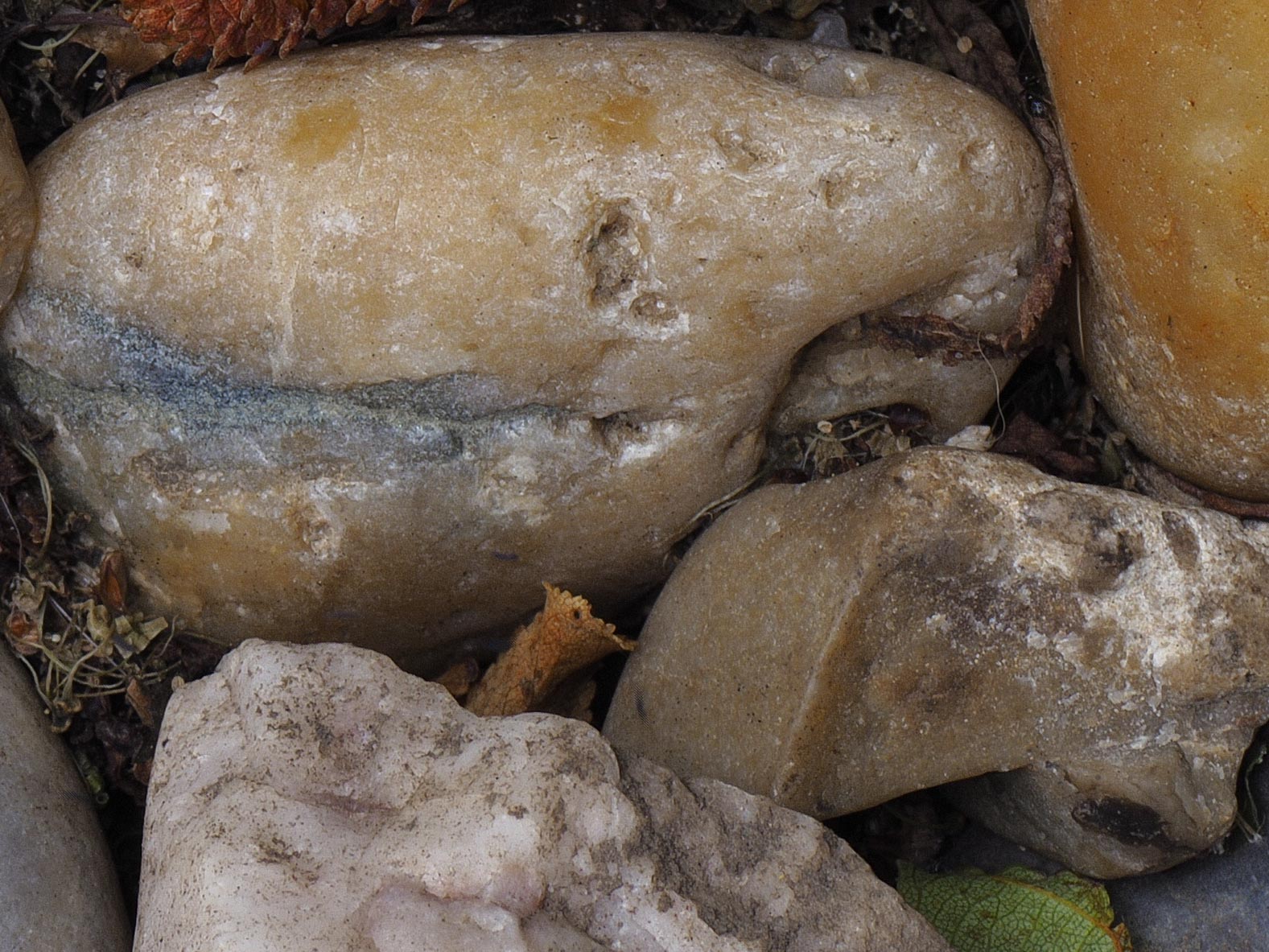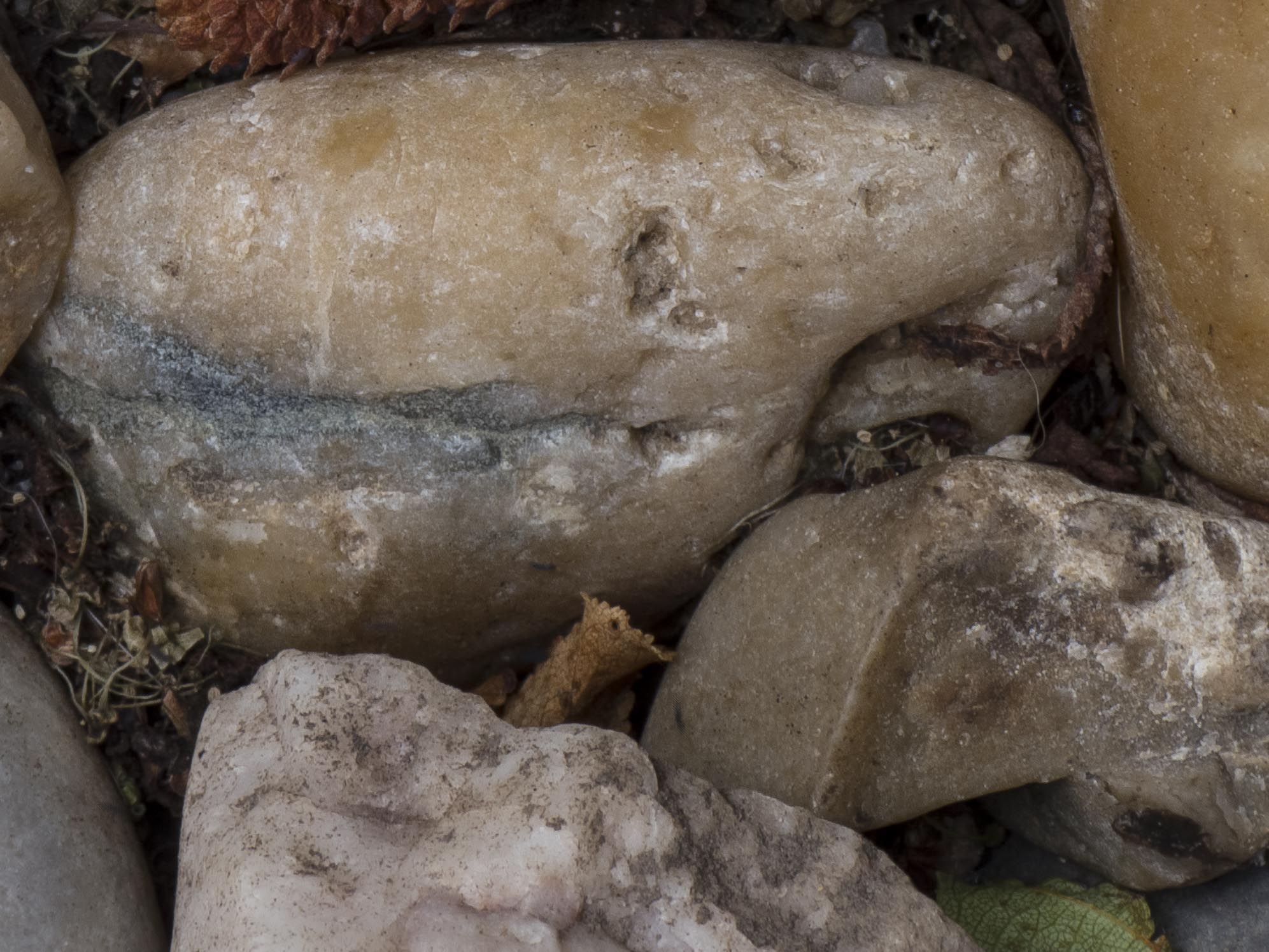I sometimes feel that I could be perceived to be stuck in the past.
I know that the current technology has freed me up to do the sort of photography that I love and to share that love with others, but my roots are in last century. It is historical fact, not an attitude or perception, just fact.
The reality is, I have still shot film for more than twice as long as I have been using digital (I will be about 60 at the tipping point). I saw the dawn of AF, then digital and may even see the end of photography as we know it.
References to the past are inevitable. All memories, even fresh ones are drawn from your own history, just sometimes very recent history and all stories, old or new are connected directly.
Teaching relies on the past in the hope of a creative and more aware future, basically catching the new generation up with truism known to previous ones and even the photo industry is aware that the easiest way to a customer’s heart is through comfortable familiarity.
Being up to date is important, but so is being aware of what has come before. Fashions and techniques tend to go through cycles (ever faster it seems), often created by necessity or imposed limitations, then come back in homage to their “retro” look and feel.
The reality is, little i photography is truly original. Also true is that no image ever taken is identical in subject, circumstance or relevance to any other. So if nothing is original, equally everything is original. This gives us the opportunity to visit the work of others and apply their principles (in principle) to our own work, without fear of directly plagiarising, but still relevantly.
Most other art forms are dependant of more tactile factors, making even a single brush stroke or sculpting mark original and singular in it’s own right. Maybe the master painter uses the same gear as the student, but that is where the similarity ends. In photography, many tools will produce identical results in the same circumstances, but the personal vision of the photographer, the reason for their efforts, their why is going to be different.
An image made specifically with “retro” 70’s film colours and contrast in mind.
Where is this going?
If the future of photography is to be strong and open to change and most importantly free from technological controls, it must stay aware of the past.
We as a race always make the most of what is at hand, ingeniously coming up with solutions to every obstacle. It seems to me we are at or best when we have the most against us. Where do we go when most of the limitations are removed? Ansel Adams once had to use a hole in his roof as a contact print enlarger. Anyone in the modern world with a mobile phone has more power than that to process their images, so why are there not tens of thousands of Adam’s out there? Was he only relevant because he was one of the first, or would he still float to the top of the pile now, just differently?
Many of the images taken before have effectively “done” a subject, so awareness of what has been achieved is needed to do it better, differently or at least with humility and honesty.
Personally I have the same struggle most have I am sure. Doubts about anything being original or relevant, fear of repetition and bad conceptual/perceptual habits, lethargy and lack of inspiration.
What I do to try to keep the ball rolling;
keep shooting,
change style/subject/technique (more or less),
do a series or project, preferably out of my comfort zone,
travel,
talk to others,
peruse my all too big book connection,
think on it,
and finally, if none of these work, walk away for a little while until inspiration strikes (I have other hobbies).
The reality is I am a professional only by intent and attitude, not to make a living, so I can cut myself some slack as needed.
All of these techniques owe some small part of their effectiveness to my memories and experiences, i.e. the past.

